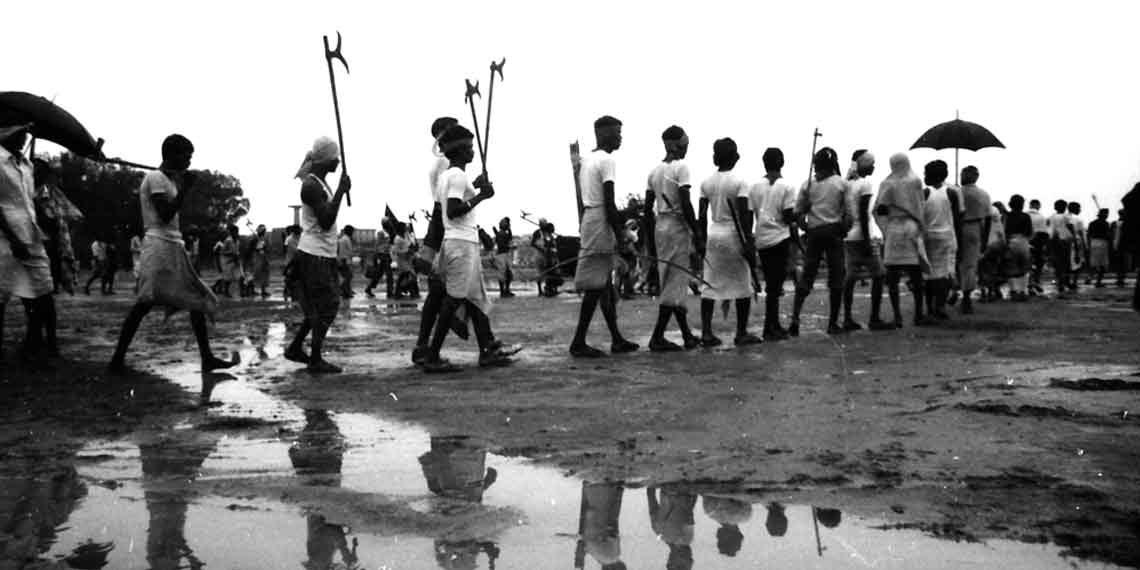The Formation of Jharkhand: A Journey to Statehood
The formation of Jharkhand as a separate state in India is a significant chapter in the country’s history, marked by a long struggle for identity, rights, and self-governance. Established on November 15, 2000, Jharkhand emerged as the 28th state of India, primarily carved out of the southern part of Bihar. This blog explores the journey of Jharkhand’s state formation, the factors that contributed to it, and its impact on the region.
Historical Background
1. Early Demands for Statehood
The demand for a separate state for the tribal population of Jharkhand dates back to the early 20th century. The region, rich in mineral resources and inhabited primarily by tribal communities, was often overlooked in terms of development. Various movements and organizations, such as the Adivasi Mahasabha and Jharkhand Mukti Morcha (JMM), played a crucial role in advocating for the rights and recognition of the local population.
2. Political Movements
The political landscape in Bihar during the 1980s and 1990s saw a surge in support for the formation of Jharkhand. The Jharkhand Mukti Morcha, led by leaders like Shibu Soren, galvanized public support for the cause. Protests, rallies, and negotiations with the government became common as the movement gained momentum.
3. Key Milestones
- 1995: The Bihar Legislative Assembly passed a resolution for the formation of Jharkhand, marking a significant step towards statehood.
- 1998: The central government appointed the M. R. Mashelkar Committee to assess the viability of a separate state, further legitimizing the demand for Jharkhand.
- 2000: After years of struggle and negotiations, the state of Jharkhand was officially carved out from Bihar, becoming the 28th state of India.
The Significance of Jharkhand’s Formation
1. Empowerment of Tribal Communities
The formation of Jharkhand was a victory for the tribal communities, who now had a government that prioritized their rights, culture, and development. The new state aimed to address issues such as land rights, education, and health care, ensuring that the voices of the local population were heard.
2. Economic Development
With its abundant natural resources, including coal, iron ore, and other minerals, Jharkhand was positioned as a key player in India’s economic growth. The state’s formation opened avenues for development initiatives aimed at harnessing these resources for the benefit of its people.
3. Cultural Identity
Jharkhand’s formation allowed for the celebration and preservation of the rich cultural heritage of its tribal communities. The state now hosts various festivals, art forms, and traditions that highlight the diverse cultural tapestry of its inhabitants.

